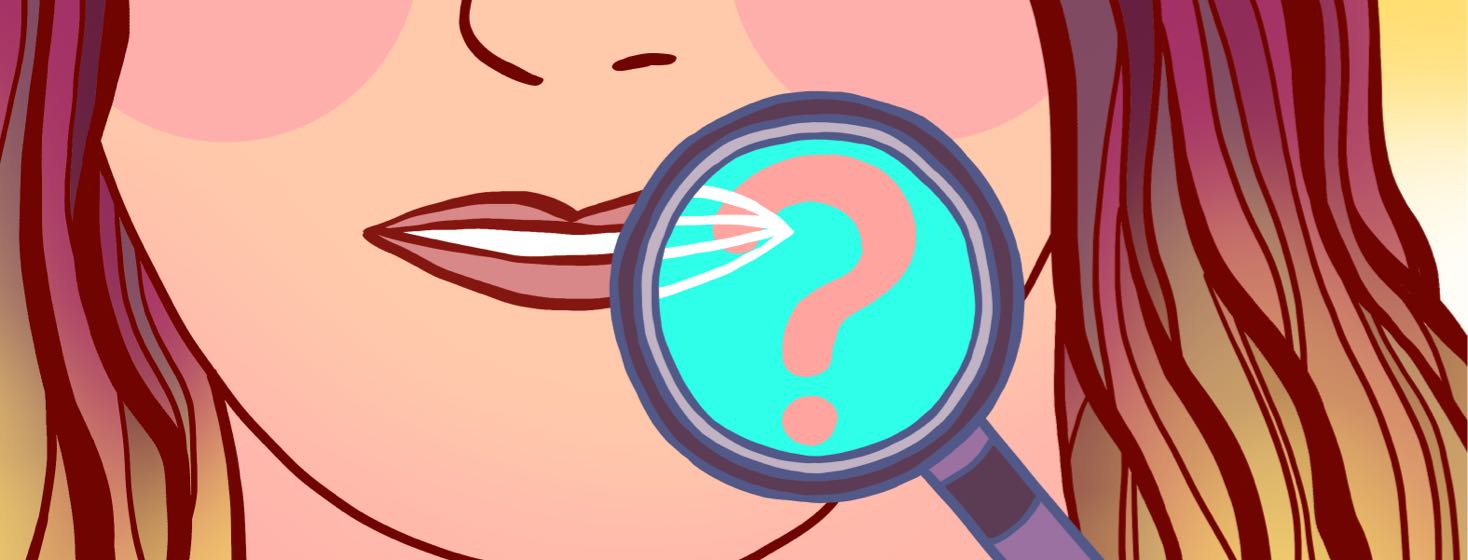Having a Lip Biopsy to Test for Sjogren’s Disease
Sometimes chronic dry eye affects more than just our eyes. What I mean is that the problem can be systemic, or the condition spills over into other facets of our lives, or it can lead us to investigating our health further in ways that affect other parts of our bodies.
The latter was the case for me when my rheumatologist ordered a lip biopsy to test for Sjogren’s, an autoimmune disease that attacks the body’s moisture-producing glands.
Wanting answers
My blood work to test for Sjogren’s came back negative. From what I’ve read and from what my rheumatologist has told me, negative blood work can be expected, even if a person does have Sjogren’s.
Therefore, my rheumatologist ordered a lip biopsy to test for inflammation of the salivary glands and referred me to an otolaryngologist (also known as an ENT or ear, nose, and throat doctor). The referral took a long time to process, and when the health center I was referred to finally called me to schedule an appointment with an ENT, the earliest available date was three months away.
I was really hoping to get the test done as soon as possible, first, because I was hungry for answers, and second, because I am a teacher and am off work during the summer (the original appointment date was for after school started back). I decided to try and find another ENT who could do the procedure sooner. I found a doctor out of Dallas, Texas (about four hours from my home), who was recommended by others on a Sjogren’s Syndrome Facebook group. I called his office and scheduled an appointment for two weeks later.
Preparing for the procedure
Once I made it there, the doctor reviewed my medical history and symptoms and explained the procedure to me. He did caution me that I could still show a negative biopsy result even if I did have Sjogren’s. I decided to go ahead with the procedure because I wanted a more definitive answer.
I warned him that I sometimes have a vasovagal response and pass out during procedures. I asked if I could possibly lay back during the procedure, and he said that I really needed to be sitting up so that he could get a proper angle. However, he said that if I started to feel bad to let him know, and he could lean my chair back.
Undergoing it
First, he looked for a good area in my mouth in which he could harvest a few glands. Then, he put a topical anesthetic on that area, the inside of my lower left lip, to deaden it some before numbing it with a local anesthetic by injection. Once numb, he made a small incision and snipped free three minor salivary glands. He placed those in a small sample container.
The procedure itself took just a few minutes. I didn’t feel much discomfort during the process, but I started feeling a little woozy when he started suturing my lip up. I told him that I felt like I might pass out, and he stopped and reclined my seat for about five minutes until I started feeling better. Then, he finished the stitches. He said that the stitches would dissolve in a few days on their own. He did caution me on trying to feel the stitches with my tongue and recommended I leave them alone.
In a few days, he would call with the results, as well as fax them to my rheumatologist. He would also follow up with me to see how I was healing in about three weeks. I rested for a few more minutes in the exam chair to make sure I was feeling okay and then left the office.
My feelings afterward
I will detail my experience after anesthesia wore off, as well as my results, in a future article. However, I will say now that I didn’t realize how invasive the procedure would be, and as of my writing this, I’m left with irritated eyes and a sore lip – just one more thing!

Join the conversation